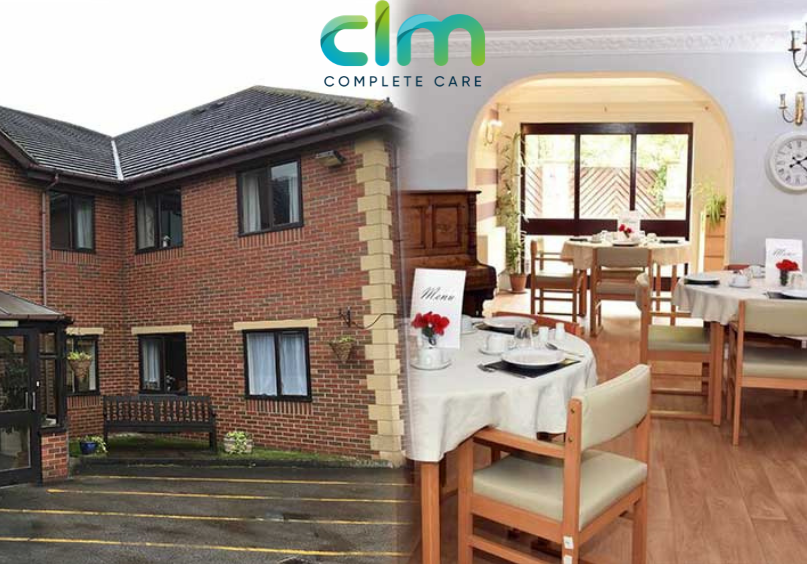LED Lighting that mimics natural night-day patterns might improve sleep and mood problems for Alzheimer’s patients living in nursing homes, new research suggests.
The lighting intervention, designed to stimulate dementia patients’ circadian rhythm — which regulates sleep and wake cycles — led to significant decreases in sleep disturbance, depression and agitation, the study authors said.
“One of the main reasons Alzheimer’s disease patients are institutionalized is lack of sleep and behaviour issues,” explained study author Mariana Figueiro. She directs the Lighting Research Centre at Rensselaer Polytechnic Institute in Troy, N.Y.
“This is a very simple solution,” Figueiro added. “It has worked with over half of patients, if not more. Even if it can help half of the people exposed to [the light], that’s a pretty good outcome.”
In addition to thinking and memory problems, dementia patients typically experience symptoms such as sleep disturbance, irritability, anxiety and wandering. No medications have been approved specifically to treat these symptoms in Alzheimer’s patients, according to the researchers. All drugs currently available are used “off-label” for these purposes.
Figueiro and her team tested the lighting interventions on 43 nursing home residents in three states for four weeks, and 37 nursing home residents for six months. The tailored lighting included either a custom-designed LED light table or individual room lighting, depending on where patients spent most of their time during the day. Personal light meters monitored the patients’ exposures.
The lighting was designed to stimulate the body’s circadian rhythm, which prompts the release of the hormone melatonin in the brain that regulates normal sleep-wake cycles. Because nursing home residents are often exposed to varying levels of artificial light at all hours of the day and night, these sleep-wake patterns can be disrupted, study authors noted.
At the end of four weeks, sleep disturbance and depression scores in patients exposed to the tailored light intervention declined significantly. By the end of six months, sleep disturbance scores were lowered by about half. Depression scores among the light-exposed were less than half of baseline levels, on average, the researchers reported.
CLM continue to carry out their own research into LED lighting intervention and chromotherapy, as a way of improving patient well-being and outcomes, without capital expense and in many cases, whilst actually reducing costs and energy consumption.
To find out more about these studies, contact: info@clm-services.co.uk

